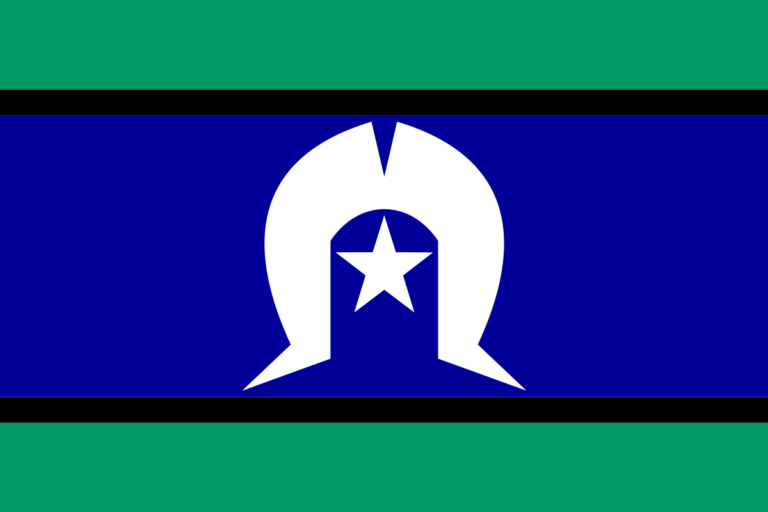Summary
Social and digital media platforms are part of everyday life for most Australians. While they are primarily used for connecting with our family and friends, such platforms are largely in the business of advertising.
But they have created an advertising model that is data-driven, dark and ephemeral. This means that advertisements can only be seen by the individuals being targeted. This is particularly a concern for products that need public observation and regulation like alcohol, gambling and unhealthy food.
Social and digital media platforms say they are committed to making their advertising transparent. We conducted a study to rate the transparency of their advertising models.
Key findings
- Digital platforms do not provide meaningful transparency of what alcohol companies and other advertisers are doing on their platforms.
- No digital platform provides a publicly accessible archive of advertisements. This means alcohol advertisements can be published on digital platforms with little ability for these advertisements to be observed beyond the audience that were directly targeted with the advertisement.
- The advertising model of social and digital media platforms like Facebook, Instagram, YouTube and TikTok needs to be open to public scrutiny and accountability.
Authors/researchers
Kiah Hawker; School of Communication and Arts, The University of Queensland
Nicholas Carah; School of Communication and Arts, The University of Queensland
Daniel Angus; Digital Media Research Centre, Queensland University of Technology
Aimee Brownbill; Foundation for Alcohol Research and Education
Xue Ying (Jane) Tan; Digital Media Research Centre, Queensland University of Technology
Amy Dobson; Curtin iSchool, Curtin University
Brady Robards; School of Social Sciences, Monash University
This research is part of the Young Australians and the Promotion of Alcohol on Social Media project and supported by an Australian Research Council Linkage Project (grant number: LP190101051)







